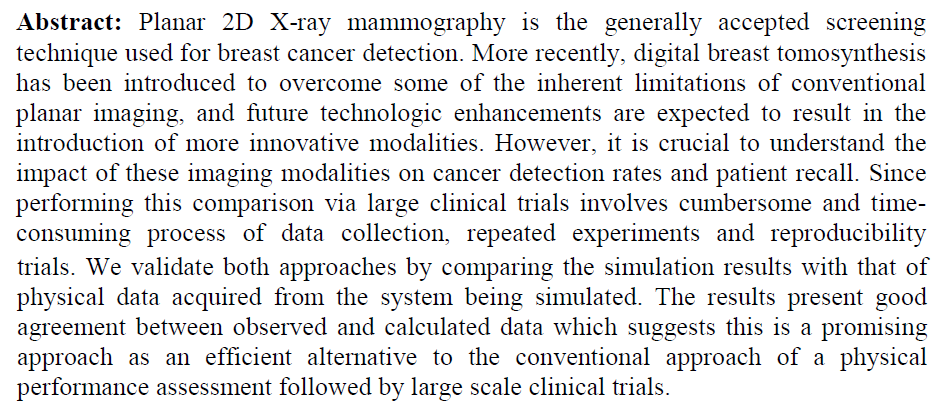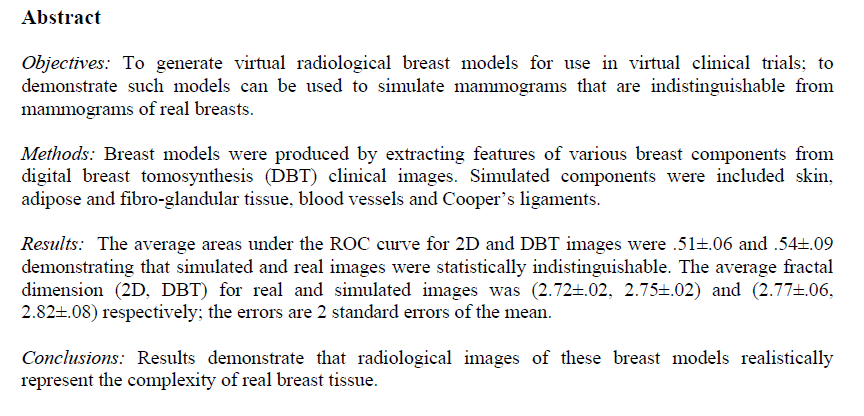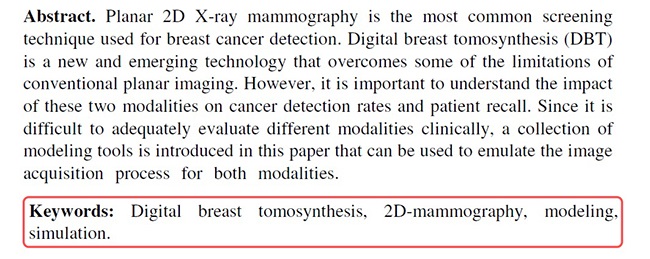Abstract | Introduction | Literature Review | Research question | Materials & Methods | Results | Discussion | Conclusion
In this blog, we look at how to write the abstract section of a research paper. We will go through plenty of abstract examples and understand how to construct a great abstract section for your research paper.
1. What is the purpose of the abstract section?

The abstract is one of the most important sections of your research paper. People normally see your abstract first because it will be available in conference programs and various databases. The Abstract is like a mini paper. The abstract should be self-sufficient, and just by reading the abstract the reader should get a rough idea of what you have done in the paper. This section should be the last thing your write because this is a summary of the entire paper along with your final conclusions.
2. Why your abstract is important?
Here are three reasons why you should spend a decent amount of time writing your abstract.
The abstracts are available for free. Readers will read the abstract first and then decide whether to purchase the full version of the paper or not. After submitting your paper to a journal, the editor reads the abstract and decides whether to send your paper for review or to reject it. The reviewers read the abstract first. If it is badly written, then they won’t bother wasting time reading the rest of the paper, they will assume that the rest of the paper will be equally bad and will reject the paper. So it is very important that the readers have a positive reaction to your abstract.
3. How should I structure my abstract section?
Generally, the abstract section of a research paper typically contains the following parts.
The abstract should clearly answer the following questions. Number 1: Why are you writing this paper? Number 2: What did you do? Number 3: What are your results? Number 4: What are the implications of your findings?
4. How many types of abstract are there?
There are two types of abstracts, structured abstract and unstructured abstract. Most journals follow the unstructured format. This is basically writing your abstract as a continuous paragraph. However, some journals follow a structured format. You are expected to structure your abstract under different headings. Please check your journal requirements before you start writing your abstract, as many journals in the field of health sciences require a structured abstract.


5. Abstract Examples
Let’s look at some examples of the abstract section in research papers. We will be looking at abstract examples from different fields and of different formats. This will provide you with ideas to construct an effective and appealing abstract for your paper.
5.1. Abstract Example #1 (Health sciences research paper)
Here is an abstract example from a medical research paper. The authors are starting with the topic and the problem definition. They are saying that vitamin D and obesity appear to be linked, and it is unclear if vitamin D supplements will contribute to weight loss among obese patients. Then they explain the method. They conducted a randomized clinical trial with 100 participants. The trial went on for 24 weeks and they measured BMI during the study.
Obesity and vitamin D deficiency are two conditions that usually occur simultaneously in patients. However, it is unclear whether vitamin D supplements aid in weight loss among obese patients. In a randomized, placebo-controlled trial, we examined the effect of vitamin D supplements on weight loss over 24 weeks in 100 obese women with BMI as a primary outcome. Mean BMI decreased in the vitamin D group (22.3 ± 0.2) compared to the placebo group (26.2 ± 0.3), and a significant effect was observed (p ≤ 0·001). The findings have proven that vitamin D supplementation can be used as a potential therapeutic option for weight loss programs.
_ Topic _ Aims _ Methods _ Results _ Implications
Then they move on to the results. They are saying that they found a significant difference in BMI between the vitamin D group and the placebo group. Finally, they talk about the implications of their study. They are saying that their study has provided evidence that vitamin D can be used as a therapeutic option for weight loss programs. The abstract nicely summarizes the essence of the paper. After reading it you know exactly what to expect from the paper.
5.2. Abstract Example #2 (Engineering research paper)
This abstract example is from an engineering research paper. The authors are starting with the topic. They are saying that their topic relates to removing errors from digital video. Then they are explaining the method. The authors are saying that they have proposed a new technique that can fix these errors automatically.
The quality of the video is affected by errors occurring at various stages of the production chain and is very challenging to fix. Automatic error correction methods based on the principles of motion flow estimation and image correlation are proposed. The new algorithms outperform existing techniques with superior performance in quality and speed. The new technique eliminates the visual inspection process and automatically restores the video integrity.
_ Topic _ Methods _ Results _ Implications
Then they are presenting the results. They are saying that their methods are faster and superior to existing methods. Finally, they are finishing up with the implications of their study. They are saying that their methods will remove the need for the painstaking process of visually inspecting the video for errors. As you can see this abstract follows the standard format of TOPIC-METHOD-RESULT-IMPLICATIONS.
5.3. Abstract Example #3 (Review paper)
Here is an example of an abstract from a review paper. Review papers are different from traditional papers. In a traditional paper, you define a problem and you try to find a solution to the problem. Whereas in review papers, authors provide an in-depth analysis of all the existing literature on the topic.
A wide range of different techniques has been proposed for the safe production and consumption of Genetically Modified Food. This paper reviews the progress made and attempts to summarise the current state-of-the-art technologies that overcome existing food security challenges. The intention is that this will serve as a timely review and comparison of various methods based on a risk-benefit analysis that forms a basis to inform future research in this area.
_ Topic _ Aims _ Implications
In this abstract example, the authors are starting with the topic. They are saying that the topic relates to food production. Then they are stating their objectives which is to summarize all the existing methods published on this topic. Then they are explaining the implications of their work, which is to provide a comparison of all the existing methods so that it will serve as a guide to future researchers. As you can see the methods and results are missing from this abstract since it is a review paper.
6. Keywords in abstract
Most papers require you to provide a keyword list below the abstract. This is very important because these keywords will be used to identify your paper when people search on the journal website and on search engines. So please put some thought into it and choose your keywords carefully. If you choose bad keywords, then your paper will not appear in the search results and you will be missing out on potential readers.
Once you submit your paper, you cannot change the keywords, so make sure you spend some time choosing the right keywords. The best way to check if you have chosen the right keywords is to search in google scholar and see if the keywords you have chosen brings up papers similar to your paper.

7. Conference abstract vs Journal abstract
There is a difference between conference and journal abstracts. Typically, researchers present work in progress at conferences, and once the work is complete, they submit the completed research work to a journal. When you are writing conference abstracts it is okay to say that it is a work in progress. If you give the impression that your work is complete when it is not, then people turning up to your presentation will be disappointed.
Here is an example of the final two lines of a conference abstract and a journal abstract of the same work written at different stages of research. The first example is a conference abstract. The authors are making it clear that they are presenting the results of a pilot study and they are planning to follow it up with a larger study to reconfirm the findings.
The results of the pilot study seem to indicate that there is a link between learning methods and student grades. This motivates a full study with a large sample size to better understand this finding.
Conference abstract
The second example is a journal abstract. The conclusions presented by the authors sound much more definitive, and it is very clear from the tone that the study is complete.
The results indicate that there is a statistically significant link between learning and student grades (p<0.04).
Journal abstract







well-done